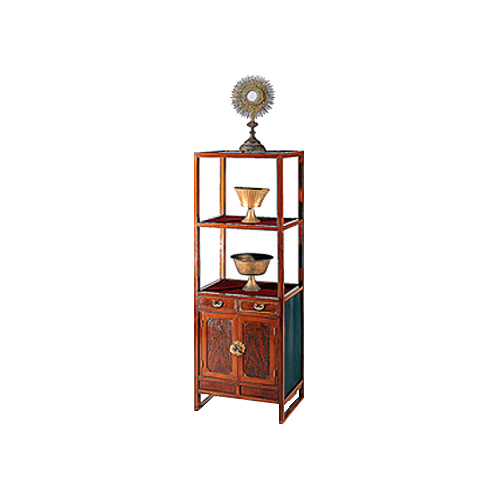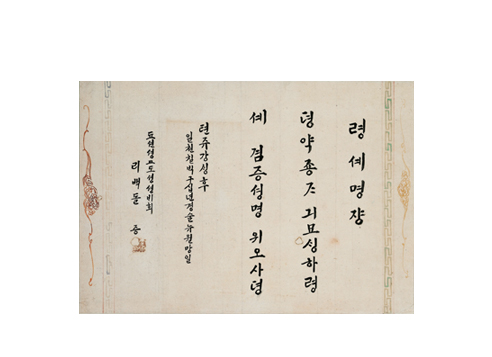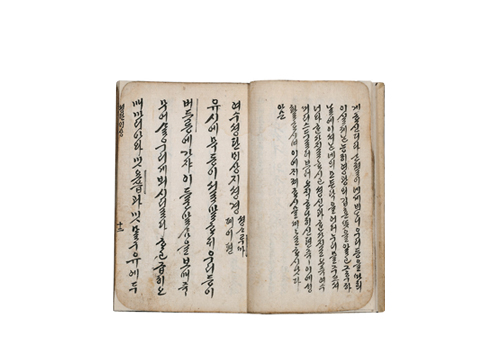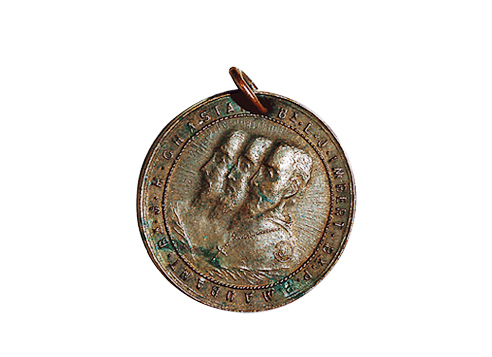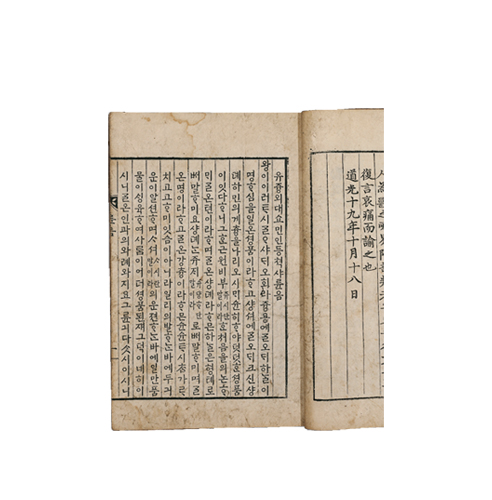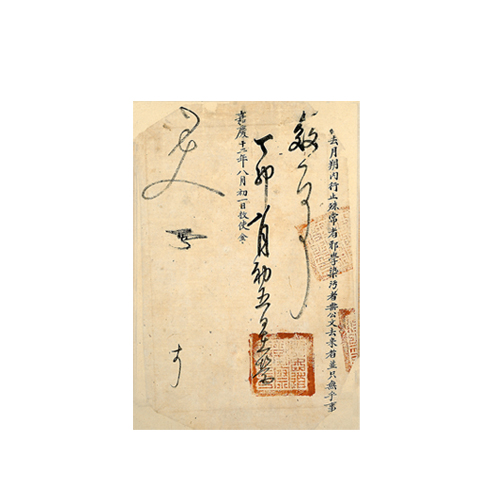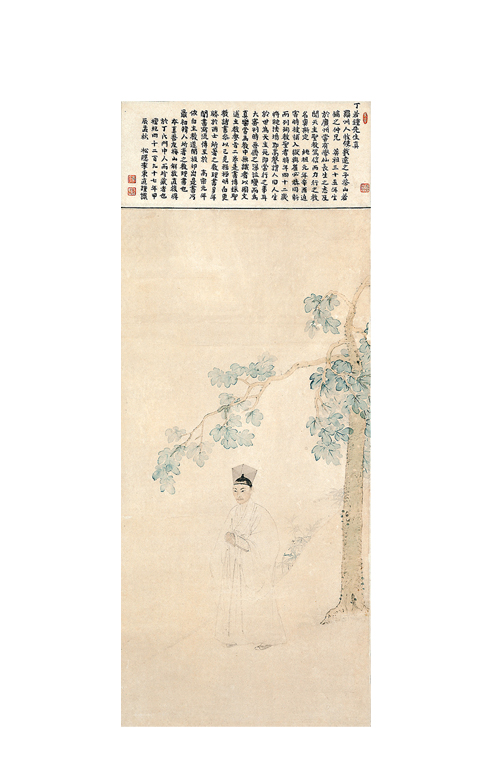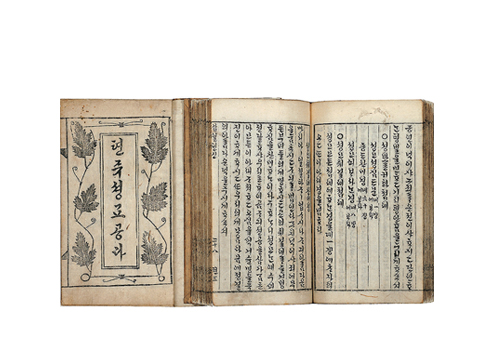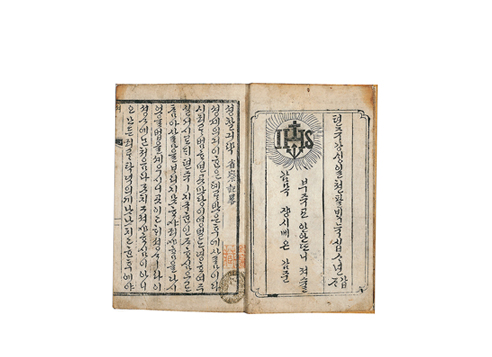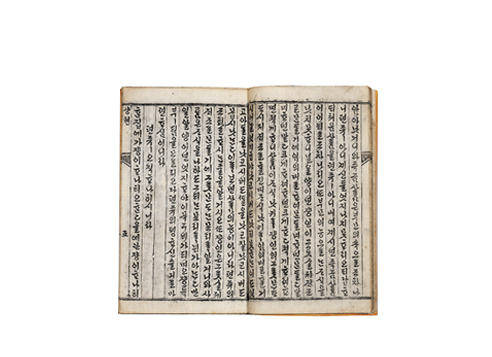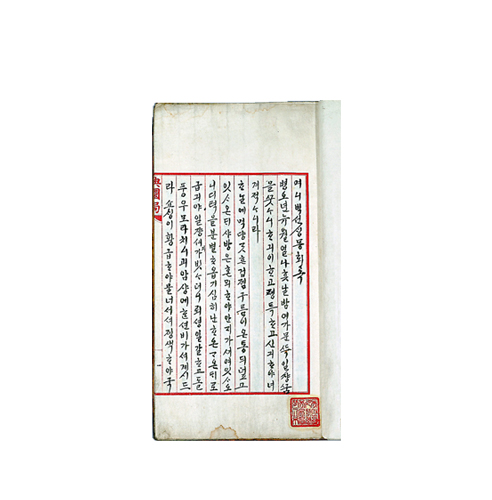The Christianity in Korea Room houses artifacts relating to the Nestorian heritage, the historical origins of Korean Christianity and the acceptance of the Catholic faith, the growth and persecution during the later period of the Joseon Dynasty, the spontaneous acceptance of Protestantism and the activities of Protestant missionaries, and Korean bibles, all of which offer an insight into the development of Korean Christianity.
Permanent Exhibition
-
- Exhibition
- Permanent Exhibition
- History Hall for Christianity in Korea
Category Title
The Spontaneous Acceptance of Catholicism and the Maturation of Faith
From the 17th century onward, Western science and inventions were introduced to Joseon society by Korean emissaries to foreign nations. Joseon government envoys engaged in academic and religious exchange with missionaries residing in Beijing, and brought Chinese translations of Western scientific literature to the nation, triggering the academic interest of Joseon's intellectuals. Some of the latter party avidly read these Western texts and developed their intellectual curiosity into a religious concern. Scholars such as Kwon Cheol-sin, Lee Byeok, and Jeong Yak-yong organized the ‘Western Science Doctrine Research Association' in 1777 to support practice of the Catholic faith, and began to research Western science and Catholic writings. They adhered to the precepts of Catholic doctrine, praying in the morning and evening, and this faith movement ultimately developed into a faith community committed to preaching Catholicism and researching its doctrines. The museum features Chinese translations of Western science texts, preaching groups, lists of believers, doctrinal works, and other artifacts. These offer a glimpse at the development of Catholicism in its early stages, from the initial academic approach to the faith to the spontaneous acceptance of the faith by the people and the formation of a faith community.
The Sufferings and Persecution of Catholicism
Wider Joseon society followed the Seongrihak or Neo-Confucianism faith, so Catholicism was regarded as a heterodoxy that threatened the existing order and was consequently rejected. Likewise, Seongrihak upheld Confucianism that moral principles should be protected and practiced, while Catholicism°™ embracing the notion of the equality of all people°™ was to be rejected. The Joseon government branded Catholicism as the science of aggressive foreign forces, barbarians no less than birds and beasts; Catholics were attacked and persecuted by the Joseon government for about 100 years, until the signature of the Korean-French Treaty in 1886. Anti-Catholicism reached a peak in 1866 when about 8,000 Catholics, including nine foreign priests, laymen, and faith leaders, were martyred. Displayed in this exhibition are items of Catholicism's persecution literature and martyrdom records such as the Official Notice Banning Catholicism, the Royal Proclamation to persecute Catholicism, and the Gihaeilgi (Record of the Persecution of Catholicism, 1839).
The Publication of Catholic Documents
The Korean Catholic Church, amid suppression and persecution by the Korean government, strove to promote its faith; in particular, Korean believers wrote a catechism in Korean and disseminated it, thus greatly contributing to the popularization of the Catholic faith. Meanwhile, foreign fathers copied the catechism from China and spread it, translating it into Korean, and published various Catholic catechism books by opening wood-block printing houses. As such, with extensive printing and the spread of catechism books, the Catholic faith gradually extended its influence, further prompting the popularization of Hangeul (Korean alphabet).
